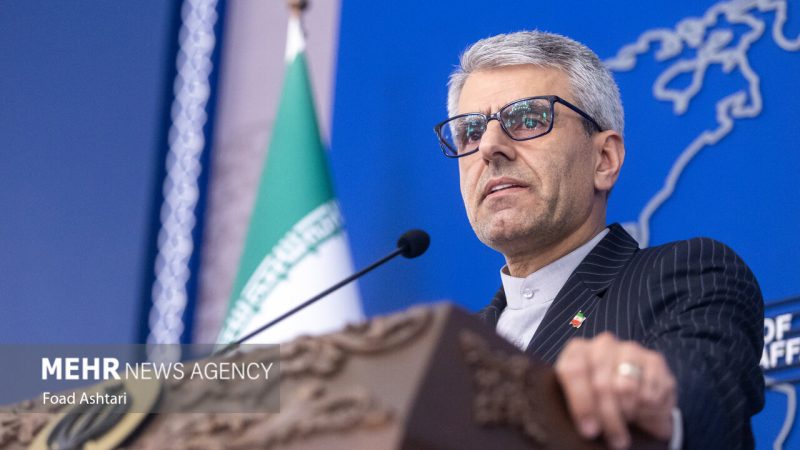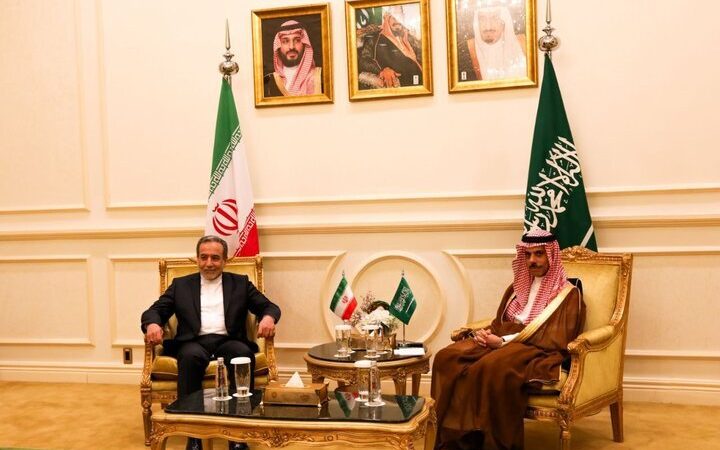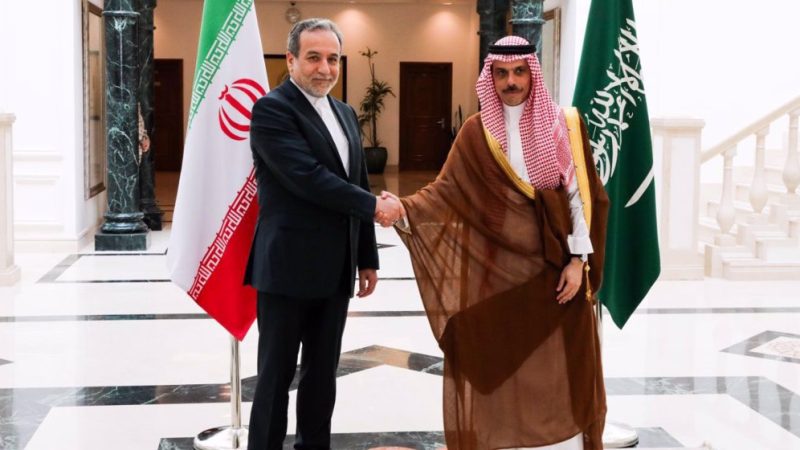While the agreement halts US strikes on targets in Yemen in exchange for the non-targeting of American ships, Sanaa explicitly stated, and Trump confirmed, that the agreement does not include the occupying regime of Israel, meaning operations against ships linked to it will continue.
This development reveals the contours of a new regional scene in which US priorities under Donald Trump’s leadership are being redefined, confirming that control over the Bab al-Mandab Strait today lies not with Washington or its allies, but with a resistance that imposes its conditions from a position of strength.
The agreement between Sanaa and Washington does not signify a US withdrawal from supporting the occupying regime, but rather reflects the Trump administration’s desire to reduce its military involvement in Yemen and achieve relative stability in a vital maritime corridor that has faced repeated disruptions since the start of Operation “Al-Aqsa Flood.”
The decision to halt direct confrontation with Sanaa reflects a pragmatic approach driven primarily by US interests, independent of absolute commitments to its regional allies, even if that ally is the occupying regime.
The Red Sea: Militarization of a Vital Corridor and Counterproductive Outcomes
Operation “Prosperity Guardian” was launched in late 2023 under Washington’s leadership, ostensibly to protect ships from Sanaa’s attacks. However, Western military intervention escalated tensions and led to counterproductive results, forcing over 18 shipping companies to reroute via the Cape of Good Hope, increasing global trade costs and disrupting supply chains.
In contrast, the recent ceasefire has significantly reduced attacks on ships unaffiliated with the occupying regime, allowing a limited resumption of maritime traffic, albeit cautiously, due to ongoing operations against the Zionist regime’s ships or those collaborating with it.
Symbolic Escalation
Since late 2023, Sanaa has continued attacks using drones and ballistic missiles on cities deep within occupied territories, including Jaffa, Eilat, and multiple strikes targeting Ben Gurion Airport. Although the number of these attacks does not reach “a thousand,” as some claim, their psychological impact on the occupying regime’s settlers has been profound, forcing millions into shelters and disrupting the economic and security systems, reflecting a strategic failure to deter the resistance axis.
Targeting the vicinity of Ben Gurion Airport without damaging the airport itself demonstrated that the message was not solely about the number or precision of missiles but about the careful selection of targets.
Sanaa aimed to showcase its technical and intelligence capabilities to strike sensitive facilities deep within the regime, while avoiding civilian casualties, to send a calculated message: Dimona reactor, airports, and all critical infrastructure in the occupied territories are within Yemen’s line of fire whenever a decisive response is deemed necessary. This type of smart deterrence marks a strategic shift in the rules of regional engagement.
Conditional Commitment
Despite continued US military support for the occupying regime, Washington has not responded to Yemen’s attacks since the ceasefire, prompting some to speak of an implicit US “abandonment.” The reality is that the Trump administration is balancing its support for its ally with its desire to avoid entanglement in a new Yemeni quagmire. Sanaa’s ongoing attacks keep the door open for escalation, but any broad US response will be subject to precise calculations tied to economic and domestic political considerations in a sensitive election year.
MNA








